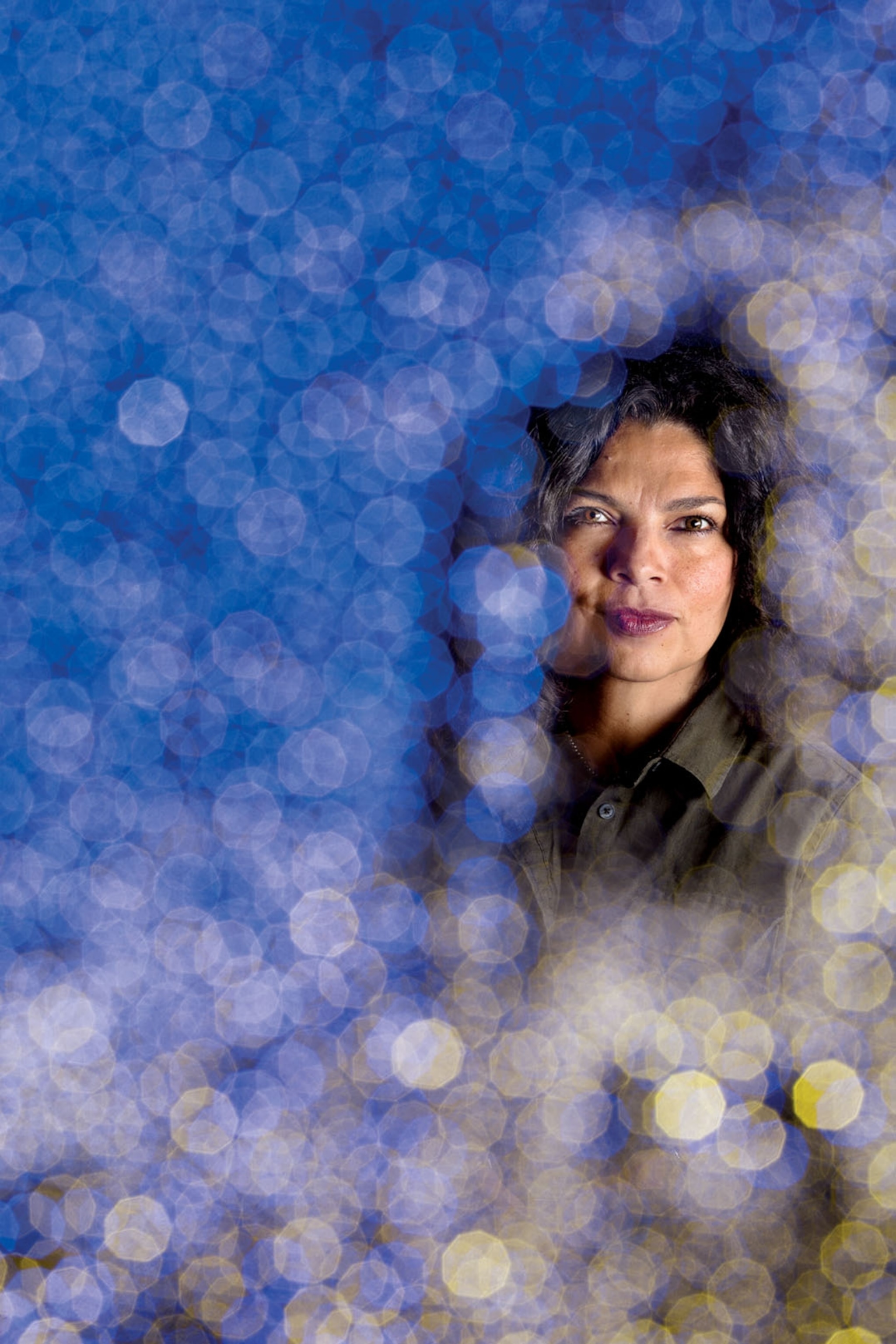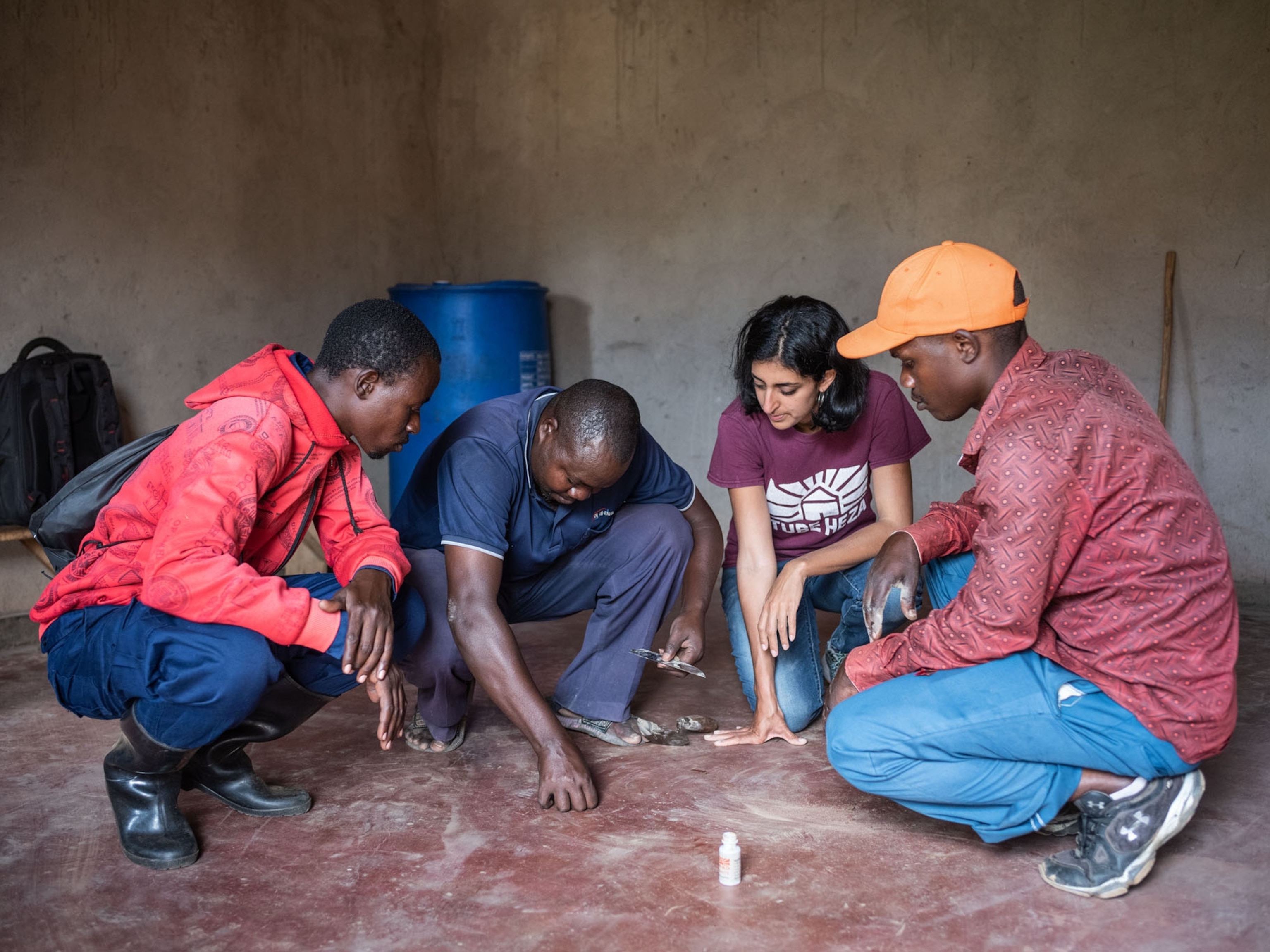When Bolivian conservation biologist Erika Cuéllar Soto saw the sun rise over the Gran Chaco for the first time, in 1997, she knew she was somewhere special. “The Gran Chaco is magic,” she says. “I woke up and walked outside my tent, and tracks were everywhere.” Wildlife abounds in the Gran Chaco, a lowland forest spanning the borders of Bolivia, Paraguay, Argentina, and Brazil. The semiarid, sparsely populated region has long been a refuge for jaguars, armadillos, giant anteaters, and guanacos, the dust-colored cousins of the llama. But in the past few decades, large swaths of its woodlands have been destroyed to make way for crops, ranches, and natural gas wells, and native species are struggling to maintain their foothold.
To preserve the Gran Chaco, Cuéllar has recruited Indigenous residents to be “parabiologists.” They’re like paramedics, she says, but for ecosystems. Cuéllar’s training program helps Gran Chaco locals develop skills they can use as professional conservation biologists. “For me, there is no other way to achieve long-term conservation,” she says. While sustainably earning a living, the parabiologists benefit their communities by managing fires and controlled burns, monitoring biodiversity, creating a reserve to protect guanacos—and teaching what they know.
“We are losing the knowledge of people that are really connected with nature,” Cuéllar says. “You can’t get that knowledge from the university.”





